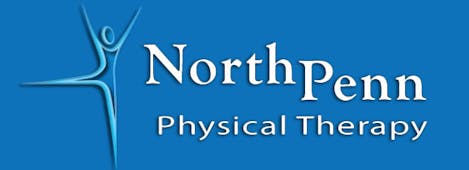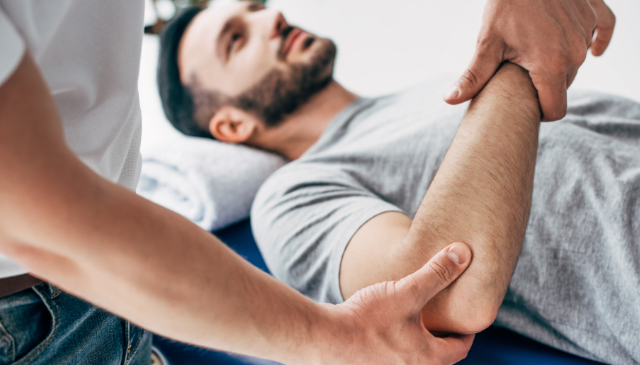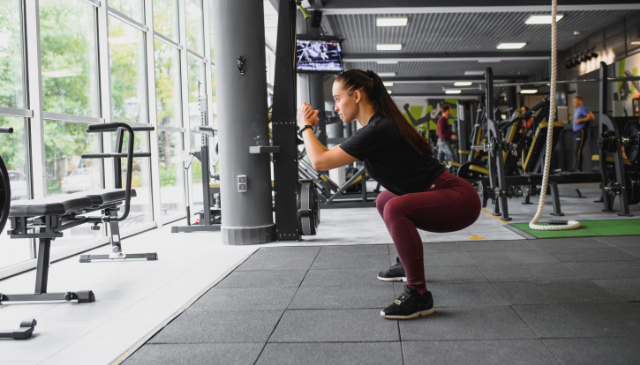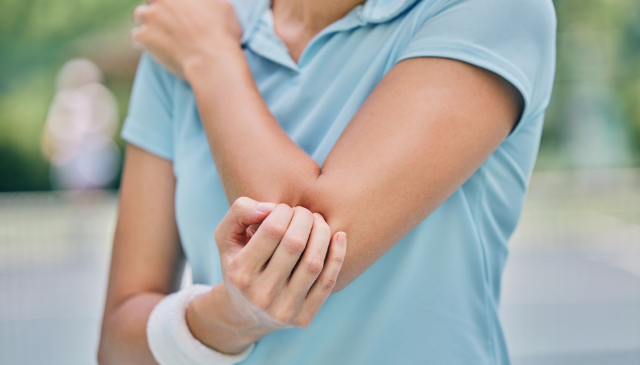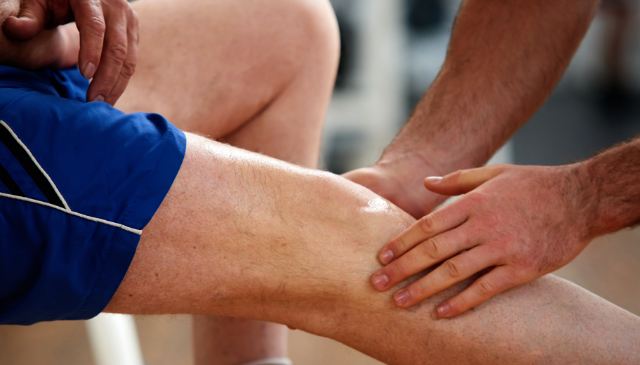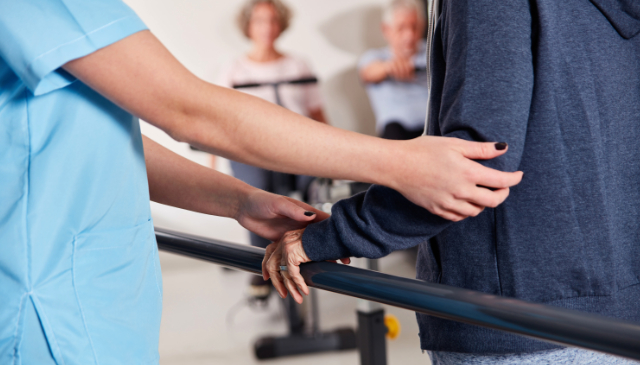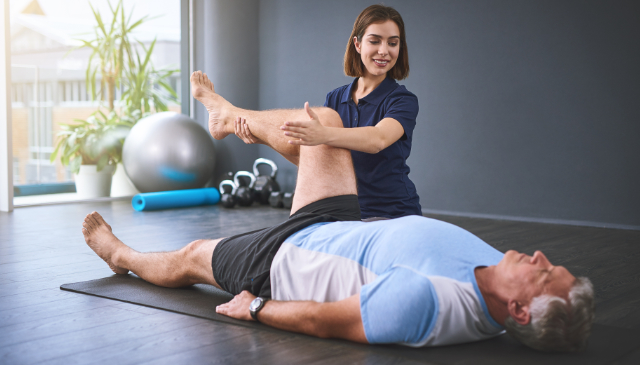
Have you ever wondered how a seemingly minor injury can have a lasting impact on your life? Whiplash, which often results from car accidents and sports injuries, is one such condition that can go on to cause chronic pain and balance problems. In fact, studies indicate that approximately 50% of those who get whiplash will continue to experience symptoms even 6 months after the initial injury. But it doesn't have to be like this for everyone, and help is on the way.
Enter physical therapy, a proven pathway to reclaiming your strength and boosting your overall quality of life. Physical therapy is extremely effective for relieving pain, and it also empowers patients to take charge of their rehabilitation. Through specific exercise programs, physical therapists can help improve postural stability, enhance body mechanics, and, most importantly, reduce the debilitating symptoms that often develop after whiplash.
To give you a better idea of how this works, we're going to explore a recently published study that investigated how posture is affected by whiplash–associated disorders (WADs) and why physical therapy is strongly recommended to address these issues.
Taking a closer look at whiplash–associated disorders
Whiplash results from a sudden jerking motion of the head that strains the muscles and ligaments of the neck. Symptoms can range from neck pain and stiffness to headaches, dizziness, and difficulty concentrating. Unfortunately, these symptoms can linger for months or even years, severely affecting daily life.
Statistics reveal that nearly 1.5 million people experience whiplash injuries each year in the U.S., and a significant portion of these individuals develop chronic WADs. The term âchronicâ is applied when patients experience symptoms that persist for more than 3 months, at which point recovery typically becomes more difficult. Many patients with chronic WADs report challenges in work performance, social interactions, and physical activities due to their symptoms. Recovery experiences can also vary significantly, as some patients improve more quickly than others. This highlights the need for personalizing treatment plans for each patient based on their needs, abilities, and goals.
Neck–specific exercises help patients overcome postural issues
Another bodily function that can be impacted by chronic WADs is postural sway, a term that describes natural, constant movements that the body makes to its center of mass while standing to keep its balance. Issues with postural sway often make daily functioning difficult for patients, but there is a surprising lack of research on effective interventions for this specific WAD symptom.
Therefore, researchers conducted a study to explore the impact of neck–specific exercises on patients with impaired postural sway. The study was conducted over 3 months and involved 30 patients with chronic WADs matched to 30 healthy individuals who served as controls. Patients with WADs underwent a comprehensive treatment program consisting of various exercises targeting the neck intended to alleviate pain and disability, and ultimately improve balance and postural sway. Controls did not undergo any exercise intervention, and all participants were assessed after 3 months with an iPhone application that measured their balance under various conditions, which is critical for assessing postural stability. Here's what the results showed:
- Worse postural sway at baseline: participants with WADs showed significantly worse postural sway compared to healthy individuals (controls), particularly when standing with their eyes closed
- Post–intervention improvements: after 3 months of neck–specific exercises, the WAD group demonstrated marked improvements in stability
- Enhanced quality of life: beyond physical improvements, participants in the WAD group reported better overall wellness and reduced feelings of unsteadiness
- Correlation with symptoms: results also revealed a low to moderate correlation between postural sway and self–reported dizziness and balance issues, suggesting that as balance improves, other symptoms may also lessen
These findings underscore the effectiveness of neck–specific exercises in addressing the balance issues commonly faced by those with chronic WADs. By focusing on the stabilizing neck muscles and enhancing proprioception–the body's ability to sense its position–the study advocates for a comprehensive approach to rehabilitation.
Start your recovery from WADs today
The evidence is clear: targeted neck–specific exercises can help patients with WADs by improving their balance, alleviating symptoms, and allowing them to return their daily activities. If you or someone you know is dealing with the lingering effects of whiplash, we are here to help. Our team of dedicated physical therapists specializes in creating personalized exercise programs tailored to your specific needs. Don't let neck pain hold you back any longer!
Contact our clinic today to discuss how we can assist you on your journey to recovery. And for those interested in diving deeper into the research, you can access the detailed study here.
